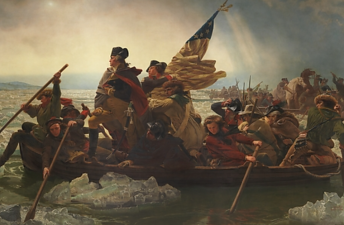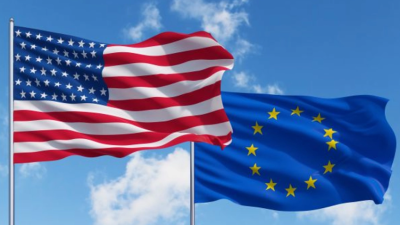How History Defines a Nation’s Cultural Identity
Cultural identity is a group's sense of belonging and identification with their own culture. Simply put, it's the sense that a group of people feel distinct from others because they share common cultural elements such as language, customs, beliefs, and values.
- In ancient times, different regions developed their own distinct cultures. Take China, for example, where the Yellow River Basin gave birth to the splendid Chinese civilization. Early people lived in tribes, and tribal culture formed the initial foundation of cultural identity. Tribal members shared common sacrificial rituals and worshipped specific deities. For example, the Yellow Emperor's tribe likely worshipped a mythical animal symbolizing power. These sacrificial rites were not only religious practices but also served as a bond that strengthened tribal cohesion.
- Over time, as states gradually formed, cultural identity further developed. After unifying the six kingdoms, Qin Shihuang implemented the policy of "standardizing the written language and the wheel gauge." The standardization of writing was crucial, enabling smooth communication among people from different regions and greatly enhancing a sense of cultural identity. Imagine how difficult cultural exchange and identity would be if there were no unified writing system, with people speaking different dialects and writing in different scripts.
- In the West, ancient Greek culture is a prime example. The ancient Greeks shared a common mythology, with stories of gods like Zeus and Athena being familiar to everyone. These myths were not only the source of literary creation but also the core of Greek cultural identity. They held various celebrations centered around these myths, and through participation, people strengthened their sense of Greek identity.





